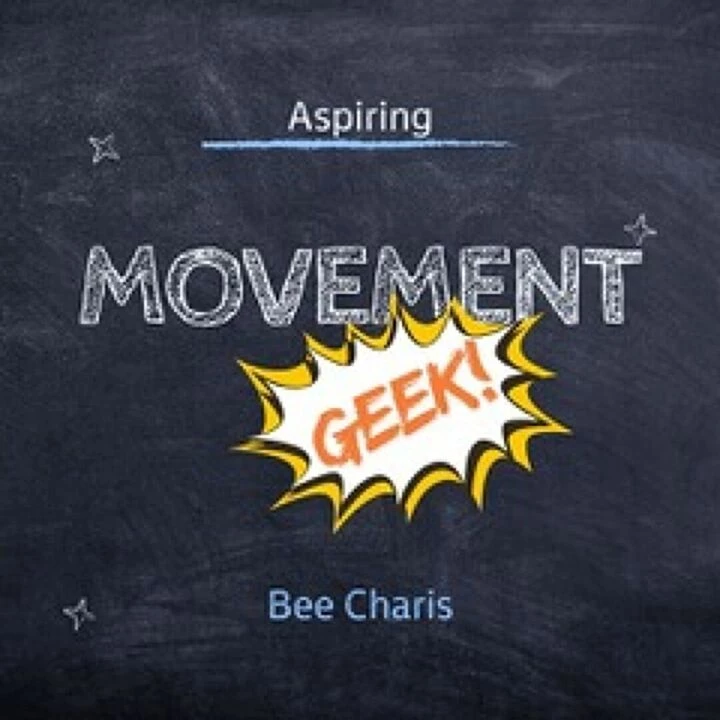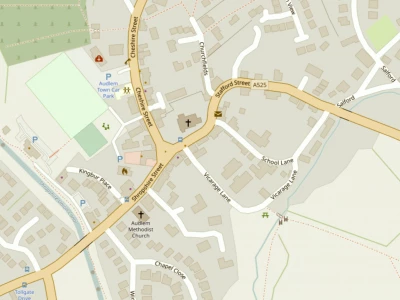







Here is a challenge to our resourceful editor. He has many times managed to find and match a photo to my pieces. Anything from the flags of the nations to a picture of 'Celebrity Eclipse.
I think I've got him this time. (Ed: Oh no, you haven't! Click on the photos to enjoy the Wingtips in their full glory.)
Wingtips
Have you ever wondered why the newer airliners have vertical winglets sprouting from the wing tips?
If you asked, you would probably be told that it is to save fuel. Well it does save fuel but that is only half the story.
The function of an aircraft wing is to generate lift to carry the weight of the aircraft. It does so by compressing air beneath it and creating a vacuum above it. In rough terms this means that the underside (compressing air) contributes about a third of the lift and the top side (under vacuum) contributes about two thirds of the lift.
If you consider this process as you move further out upon the wing you will inevitably come to a point at the tip where the compressed air from underneath tries to reach around the tip to fill the vacuum above. So from behind the airliner the right wing generates a swirl of air anticlockwise and the left wing does the same thing but clockwise. The winglet is set there to interrupt this process and therefore saving energy and fuel.
You can see this demonstrated if you watch a large bird say a Buzzard in the glide; you will see the extreme outer feathers at the wing tip are curling upwards. It is even more evident on a South American Condor.
These wingtip swirls are generated by airplanes as small as mine, but all these wingtip swirls have several things in common.
The first and obvious thing is you can't see them.
The second is that as the aircraft departs the swirls are continuous and lasting.
Also they gradually spread outwards at about five miles per hour and dissipate over about five minutes.
So if you are waiting to take off and nothing seems to be happening maybe the captain is waiting for the departure of the swirls of the aircraft in front that has just taken off. No one wants his airplane suddenly grasped by an unseen whirlwind of substantial proportions.
These wingtip swirls have a name: it is "Wingtip vortices" and they are very much to be avoided.
Vortices are only generated when the aircraft is actually airborne. Whilst the aircraft is taxiing to take off or has landed there are no vortices. So the pilot of a small aircraft has to be doubly aware not to fly through the wake of a big one.
The vortices have another characteristic if the circumstance are favourable. As I have written they depart sideways at five miles per hour..........Now what if there is a five MPH cross wind blowing at the time that one aircraft follows another to land. Well one vortex departs at ten MPH and the one on the other side remains in the position from which it was generated. Remember it cannot be seen by the pilot of the following aircraft who is in for a nasty surprise.
The horizontal whirlwind he is about to encounter will take one wing and slap it towards the ground and the other wing towards the sky. It does make one move quickly with the stick to bring the aircraft back on to an even keel. Apart from other considerations the pilot is by now quite slow and close to the ground.
If all this sounds alarming it need not be. Remember the vortices are only generated whilst the wing is carrying the weight. It follows that it doesn't happen if the wheels are on the floor.
So, we have a plan of action. If the pilot is following a heavy aircraft in to land, the trick is, to remain above the flight path of the heavy one which needs to land early on the runway, make a steep decent aiming to land well beyond the point at which the 'heavy' has touched down.
If you are following a 'heavy' which has just taken off, you must start your take off run from the threshold of the runway, get into the air at a point well before the 'heavy' became airborne and peel off to left or right to avoid being in the vicinity of the runway where you know there might be vortices waiting to grab you.
Have I ever encountered a vortex which sneakily waited for me? Well, yes I have. I can tell you that clean trousers were required shortly afterwards. But that's another story.
I am not a very good passenger on an airliner, but I'll tell you another little quite irrelevant story. Boarding an aircraft at Majorca for a flight home and packing kit on to the luggage shelf I heard on the Public Address a voice which I recognised. Standing next to me was a flight attendant, so I said to her: "Would you relay my compliments to Captain Epps and tell him Mr Farr is aboard".
Rather astonished she replied " Do you know Captain Epps?"
I replied: "Yes I do, as a matter of fact I took him for his first flight when he was fourteen".
He later conversed in code to me over the PA.
Didn't he do well!
Bye now
Geoff
This article is from our news archive. As a result pictures or videos originally associated with it may have been removed and some of the content may no longer be accurate or relevant.
Get In Touch
AudlemOnline is powered by our active community.
Please send us your news and views using the button below:
Email: editor@audlem.org


